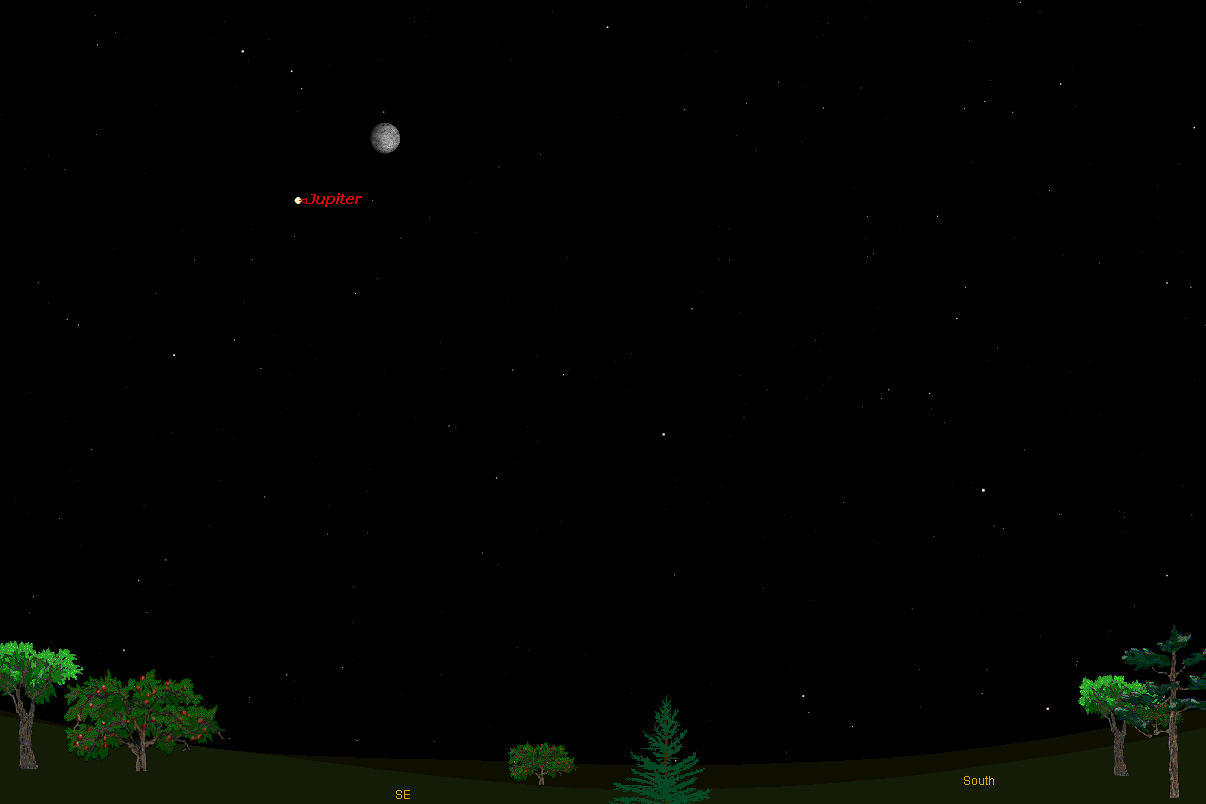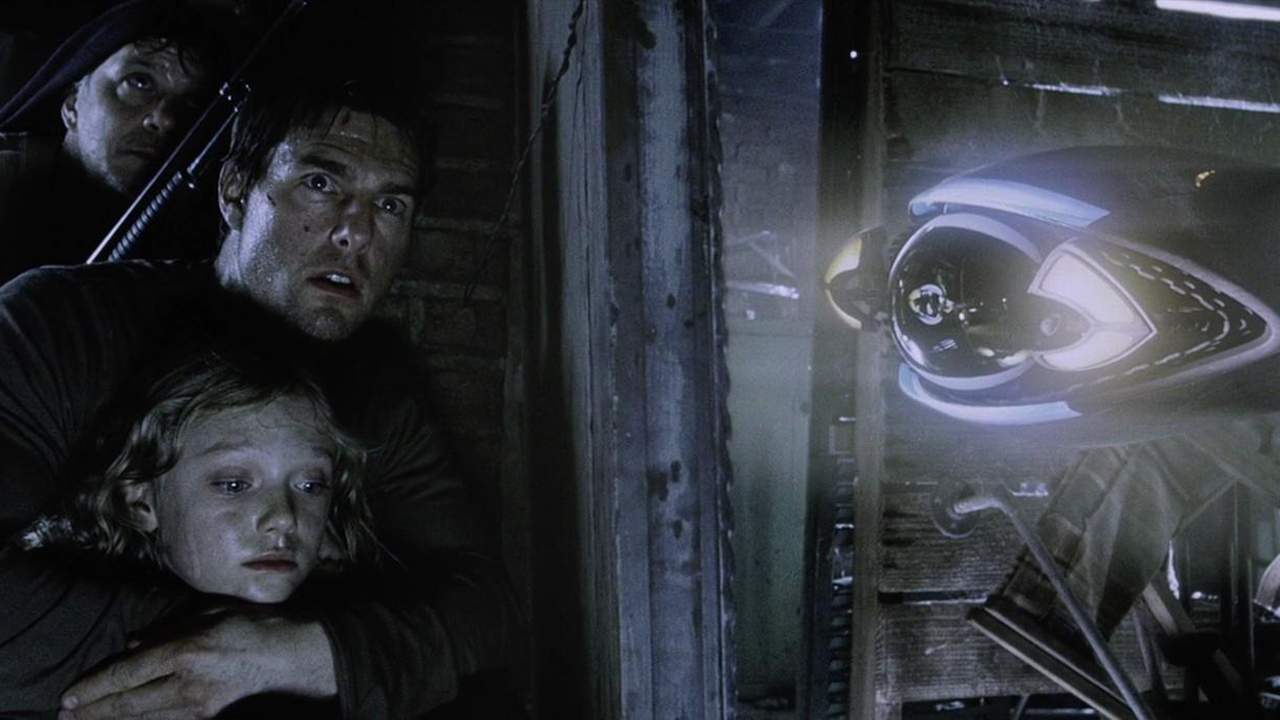
As the moon approaches its full phase this week it will glide past a brilliant, silvery "star" shining with a steady glow. In reality, that star is the king of the planets — Jupiter — which will appear close by the moon tonight (Nov. 8) and Wednesday.
Early-bird voters who turned out for Election Day in the U.S. today may have already seen the moon hovering about 10 degrees above and to the right of Jupiter. Remember that your clenched fist held at arm’s length covers roughly 10 degrees of the sky. So tonight, the moon and Jupiter will be separated by "one fist."
On Wednesday night (Nov. 9), the moon will have shifted over to Jupiter's left, and the separation between the two will be about half of what it was on Tuesday. The sky map of Jupiter and the moon here shows their positions on Nov. 8.
Later in the week, after the moon has moved away to the east, Jupiter will continue to rule the night. At dusk it's already ascending in the east.
Although not as brilliant as Venus, Jupiter shines in a dark sky long after Venus has set. From Earth, the giant planet appears as a brilliant white beacon almost until dawn. It reaches the meridian (the imaginary line from due south to overhead) in the middle of the night. Even Sirius, the night sky's brightest star (rising around 10:30 p.m. local time), pales in comparison. [Photos of Jupiter, the Planet King]
Binoculars or a small telescope reveal Jupiter's four Galilean satellites, engaged in their never-ending dance around the giant planet. On Tuesday, three of the satellites (Ganymede, Callisto and Europa) will be on one side of the planet, while Io will be the sole satellite on the other side.
On Wednesday all four will be visible on one side of Jupiter and they will be paired off with each other. Io and Europa will appear closest to Jupiter, while Callisto and Ganymede will appear farther out.
Breaking space news, the latest updates on rocket launches, skywatching events and more!
But don't let the moons seduce you away from the body of Jupiter itself, especially around now when it appears near its largest.
Jupiter is now larger and brighter than at any other time between 1999 and 2023. Long before Jupiter reaches its highest point in the sky it's quite high enough to show a steady image on favorable nights — and what an image it is!
In a 6- to- 10-inch telescope Jupiter is lavish with cloud detail. Notice also that Jupiter's edges are quite a bit dimmer than the rest of the disk. We always see this outer planet more or less fully lit, so the rim is where the sun is rising or setting on Jupiter.
If Jupiter is still almost at its best, the situation won't last.
Jupiter, known to some skywatchers affectionately as "Big Jupe" fades slightly this month and will continually become fainter and appear for a shorter time each night until next April. Then, Jupiter will slide back into the sun's glare.
If you snap a stunning view of the moon and Jupiter this week and would like to share it with SPACE.com, send images and comments on the view to managing editor Tariq Malik at: tmalik@space.com.
Joe Rao serves as an instructor and guest lecturer at New York's Hayden Planetarium. He writes about astronomy for The New York Times and other publications, and he is also an on-camera meteorologist for News 12 Westchester, New York.
Join our Space Forums to keep talking space on the latest missions, night sky and more! And if you have a news tip, correction or comment, let us know at: community@space.com.

Joe Rao is Space.com's skywatching columnist, as well as a veteran meteorologist and eclipse chaser who also serves as an instructor and guest lecturer at New York's Hayden Planetarium. He writes about astronomy for Natural History magazine, Sky & Telescope and other publications. Joe is an 8-time Emmy-nominated meteorologist who served the Putnam Valley region of New York for over 21 years. You can find him on Twitter and YouTube tracking lunar and solar eclipses, meteor showers and more. To find out Joe's latest project, visit him on Twitter.
